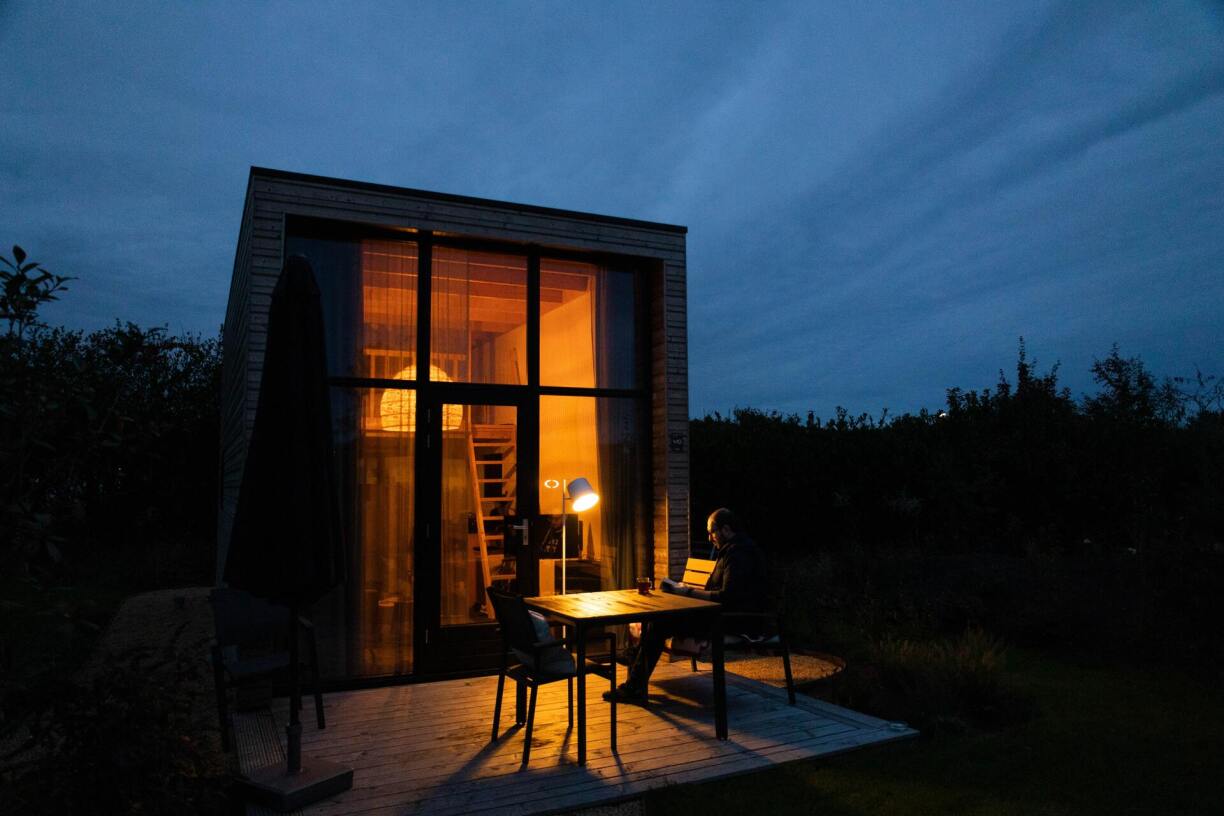
Strassen is set to become Luxembourg’s first municipality to implement a Tiny House project. These buildings tend to be between 28-95 square metres in size and are very smartly designed to fit a bedroom, living room, kitchen and bathroom.
Strassen Mayor Nico Pundel noted: “Here in Luxembourg, people get condemned for owning but not using their property, which may come down to a number of reasons. That is why we said ‘alright, then how about the municipality gets the land for a limited duration of ten years’, for example, so that we can use them for Tiny Houses. We can fit two or three of them on one property.”
The municipality takes care of connecting the buildings to the electricity and water networks. People can either bring their own Tiny House or rent one from the municipality.
Mayor Pundel elaborated: “So far, we have not had any requests. However, we already have one owner who likes the idea and accepted spontaneously. He will rent his 10-are property to us for ten years.”
Any landowners in the municipality of Strassen can rent out their properties for the project. However, the minimum period is five years.
Not only do Tiny Houses need less space, they are also much cheaper in terms of buying, renting, and maintaining.
Architect Uwe Günther, who helped design a model house in Strassen, explained: “The positive effect for the landowner is that less surface area is used. Tiny Houses are generally mobile. There is little impact on the property, which can still be used for construction later on.”
The Tiny-House movement first originated in the United states after the financial crisis of 2007 to 2008. Many people lost their homes for being unable to pay back loans, which led to mass displacements.
People interested in Tiny Houses are not necessarily environmentalists or hippies, ensures Alain Holtz, member to the Tiny House Community Luxembourg: “People and politicians are at times afraid that only crazy people would decide to live like that. However, there are people from all kinds of backgrounds in our non-profit, including architects, police officers, social workers, and educators. These are all people that would be able to afford living in a studio, apartment, or house. But, the Tiny House is a personal choice.”
It is often a matter of saving money and space. In Luxembourg, people tend to spend between 30 and 50% of their earnings on living, which is far above the European average.
Read also: Luxembourgers most worried about housing and traffic amid Covid, survey shows
Setting up a Tiny House in the great outdoors is not permitted. Placing them on regular real estate also requires authorisations since they are often in conflict with the current standards of dense spatial planning.
Jean-Claude Welter, member of the Order of Architects and Engineers (OAI), provided further insight: “Tiny Houses are just on one level, which means that, in comparison to three, four, or five-story-high apartment buildings, the use of space is quite significant.”
Welter continued: “The Tiny-House movement is rather meant to help fill construction gaps. Properties meant to remain empty for longer periods of time can thus be used. Also, old camping zones that are unused are optimal for Tiny-House communities.”